-
Posts
1,712 -
Joined
-
Last visited
-
Days Won
3
Content Type
Profiles
Forums
Blogs
Gallery
Events
Store
Posts posted by Carol I
-
-
Given the reticence of the communists to anything with a royal connection, I think that the Soviet system was the source of inspiration of the should board design.
0 -
Looking for further information on the topic I have found the image below, reportedly from a period regulation, with an example for a shoulder board for an engineer major with white background.
 0
0 -
I may be guessing, but the yellow one could have been for combatant units and the white ones for non-combatants (physicians, engineers etc.)
0 -
The yellow one is for a communications officer and the white one is for a medical officer.
0 -
There are not so many references on Romanian awards. One of the English language ones is Antti Ruokonen's book on Romanian Orders. If you can read Romanian you could also look for I. Safta, R. Jipa, T. Velter, F. Marinescu: Decoraţii româneşti de război 1860-1947 [Romanian War Decorations 1860-1947] Bucharest 1992 (ISBN 973-95217-6-2) or S. Catone, N. Şerbănescu, D. Bedivan: România - Decoraţii 1859-1991 [Romania - Decorations 1859-1991] Bucharest 1992, but these are rather old and outdated.
0 -
It's the ribbon for wartime military awards of the Order of the Star of Romania in use from 1938. See also Romanian Order of the Star- quick question for the contemporary ribbons of this order.
0 -
I'm afraid that I do not have the same amount of knowledge on the medal "Barbatie si Credinta" and therefore I cannot help you much. I can only say that the award system was segregated based on rank: officers received orders and lower ranks received medals. In this system, Virtutea Militara was the highest award for bravery during WWI (corresponding to the Michael the Brave Order for officers) and Barbatie si Credinta was the lower award (corresponding roughly to the Order of the Star and the Order of the Crown for officers).
0 -
The 4th class was supposed to be gilt, while the 5th class was in silver or silvered. In practice, once the upper layer had worn off they got a similar appearance especially when the base metal was common or when the silver oxidised. There was also a difference in the ribbons, with the 4th class having a rosette. There were also some differences in appearance that had to do with the type of the award: peacetime military awards has swords above the cross (see the commander's cross on Megan's site under "With Swords" and compare it with the civilian version under "Civilian Normal Type I"), while wartime awards had swords between the arms of the cross (see here an image of a grand cross). Furthermore, military awards could be awarded from WWI on the Military Virtue ribbon for bravery awards.
In general the criteria for awards were quite strict and one had to slowly climb through the hierarchy of the order. Nevertheless, deviations from the rule were accepted in extraordinary circumstances in wartime or for foreign recipients when there was some correlation between military rank and class of the award. These being said, the number of British military contributing directly to the Romanian war effort was very small and in my opinion most awards were of a more diplomatic character: the Romanian War Ministry asked the corresponding British one to name outstanding officers that contributed in general to the war effort or others that helped Romania from afar and that would deserve an award to strengthen the links between the two countries. There are however reports of the British Ministry abusing the occasion and naming officers at random (e.g., some that never set foot in the European theatre of war).
0 -
Welcome. This site is quite a good starting point for information and Megan's site a good resource for images.
Can you be more specific what you would like to know about 4th and 5th classes? Is it appearance or criteria for award (the latter ca be quite tricky)? Also, what do you understand by "military awards", awards given to military during wartime or at any time?
0 -
On Huesken there is an award certificate for Fregattenkapitän (Capitan Comandor in Romanian - for some reason the description is for Korvettenkapitän - Locotenent Comandor in Romanian) Kurt Besthorn who received in September 1941 the Commander's cross of the order of the Crown of Romania with peacetime military insignia.
0 -
Thank you for the illustration, but Isn't that a contradiction - peacetime award during WWII?
There is no contradiction. A member of the diplomatic mission of a country was awarded the 'regular' order even in wartime. Therefore, a military attaché could get the corresponding insignia named 'peacetime military insignia'. One could get the 'wartime' insignia if he/she was involved in military operations.
0 -
Military unit flag (National Army Museum in Chisinau)
Orders and medals in the National Army Museum in Chisinau
Order of the Republic - collar (National Army Museum in Chisinau)
Order of the Republic awarded to Nicolae Corlateanu (National History Museum in Chisinau)
Order of Stephen the Great (National Army Museum in Chisinau)
Order of Bogdan the Founder (National Army Museum in Chisinau)
Order of Honour (National Army Museum in Chisinau)
0 -
The Romanian Order system especially post 1938 is quite complex as well as the varieties of swords there are also sash/ribbon variants depending on the nature of the award, having just catalogued a large collection of Romanian Orders it takes great powers of concentration to get it remotely right. The combination of Antii Ruokonen's book and the earlier Romanian book Decoratii Romanesti de Razboi 1860-1947 are immensely helpful in unravelling the complexities of the series and I would recommend them to any one remotely interested in Romanian Royal Orders.
Paul
I agree that the system appears quite complex at first sight, but it has an underlying logic. Please see below the four variants of the Order of the Star of Romania in use during WWII, from left to right: civilian Knight's Cross, military Knight's Cross (peacetime insignia with swords above the cross), wartime Knight's Cross (swords through the centre and yellow edges on the ribbon - non-'battlefield" awards), wartime Knight's Cross on Military Virtue ribbon (for 'battlefield' awards).
0 -
Thank you for your reply though I am a little confused by it. So are you saying if the Grand Cross was awarded during War-time it would automatically have been awarded with Swords?
No, I am saying that being awarded to military personnel it could be awarded with "peacetime" military insignia (swords above the cross) or with wartime insignia (swords between the arms of the cross) depending on the activity or merits of the awardee.
0 -
Regarding the Romanian Order of the Star Grand Crosses that were awarded during WW2- what is the significance of the crown on top of the breast star?
I would venture to say that it had to do with the type of the award (peacetime or wartime), but I do not have all the details.
Another query:-
If the Grand Cross was awarded to a high ranking German Officer during War-time would it automatically have been awarded with Swords?
Thanks
PierceAgain, it depends on the type of award.
0 -
Is this piece exposed at the Heeresgeschichtliches Museum in Vienna?
I think that the uniform is the emperor's one, because of the "Kriegsmedaille 1873" worn with the reverse as the visible side.
Best wishes,
Enzo
Yes, Enzo, it is Franz Joseph's badge in the Museum of Military History in Vienna.
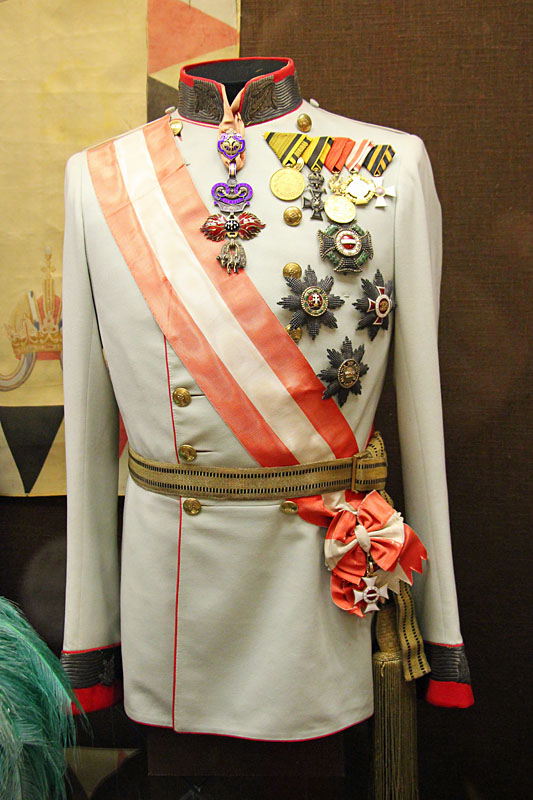 1
1 -
One more (non-brilliant) version
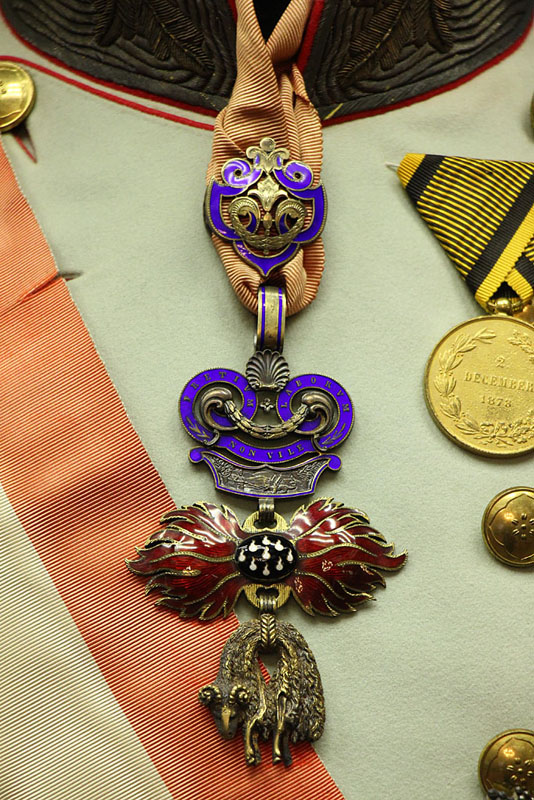 0
0 -
I believe the Order of the Star of Romania w. swords could be worn on that ribbon if awarded for war gallantry.
Yes, that is true, Lukasz.
0 -
Thank you all for your kind words.
One question. Do the numbers provide any information as to whom these pieces belonged or were awarded to?
It has been more than 5 years since I visited the museum so I do not remember whether the numbers were used for more than identifying each item. Nevertheless, my guess would be that they all belonged to the Wittelsbach family like the rest of the items in the Treasury.
0 -
Star of the Order of St. George (with brilliants)
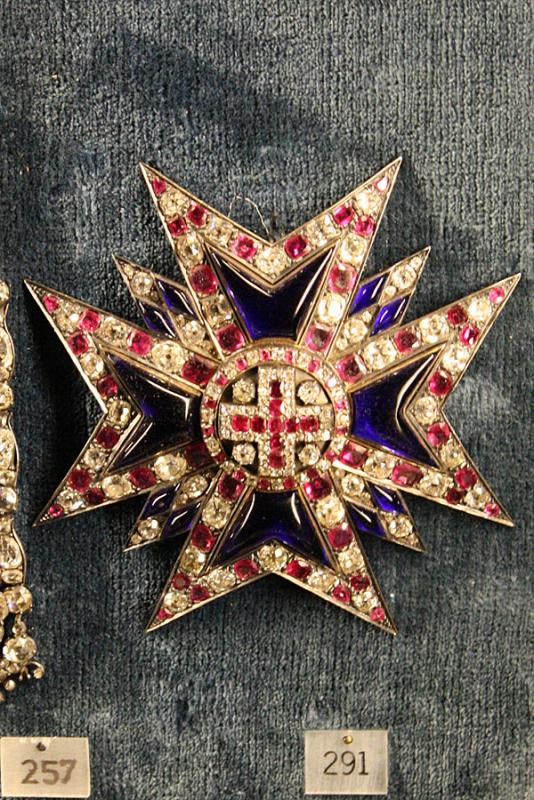 0
0 -
Badge of the Order of St. George (with brilliants)
 0
0 -
Star of the Order of St. George (with brilliants)
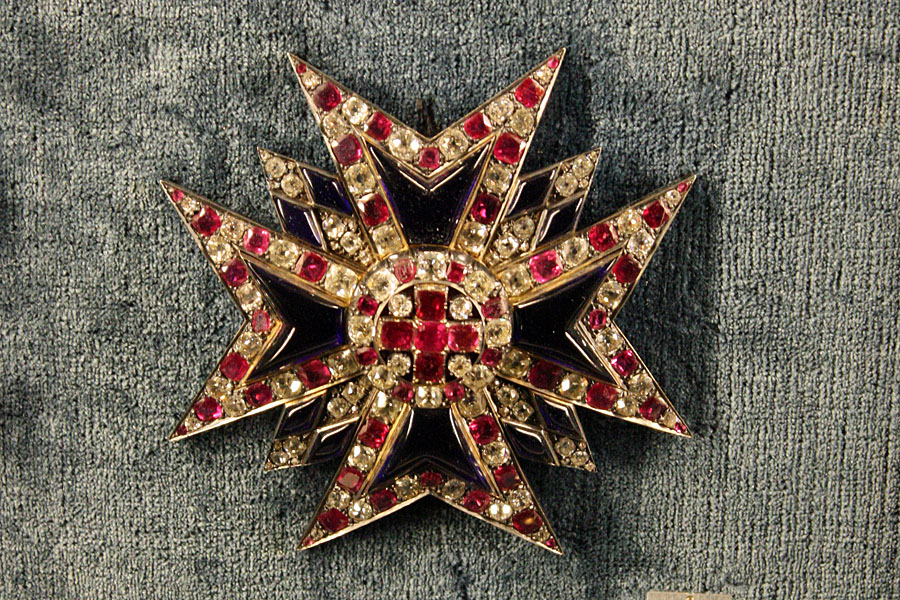 0
0 -
Badge of the Order of St. George (with brilliants)
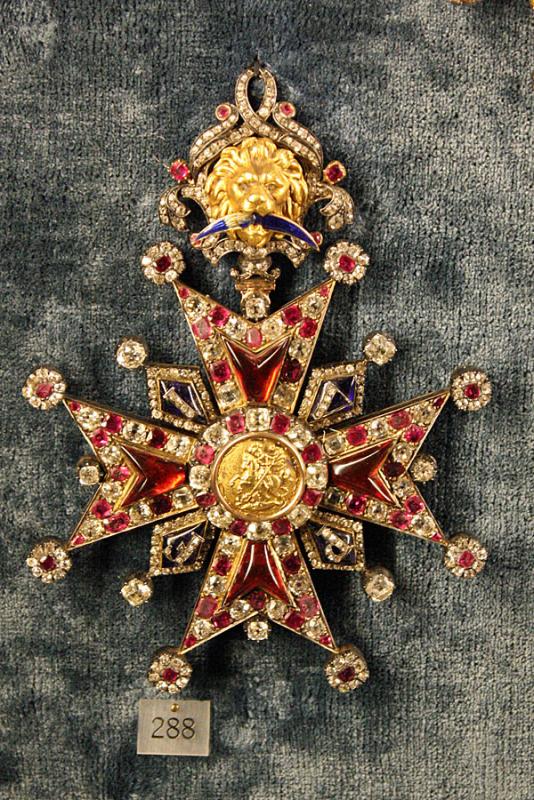 0
0 -
Star of the Order of St. George (with brilliants)
 0
0




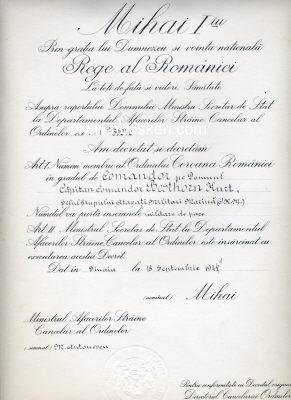
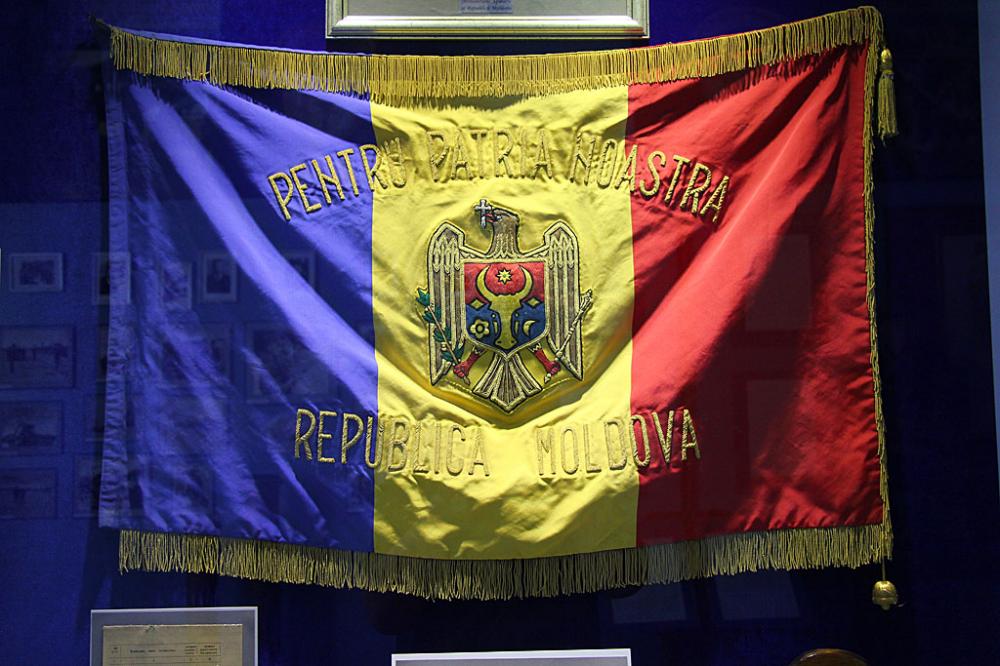
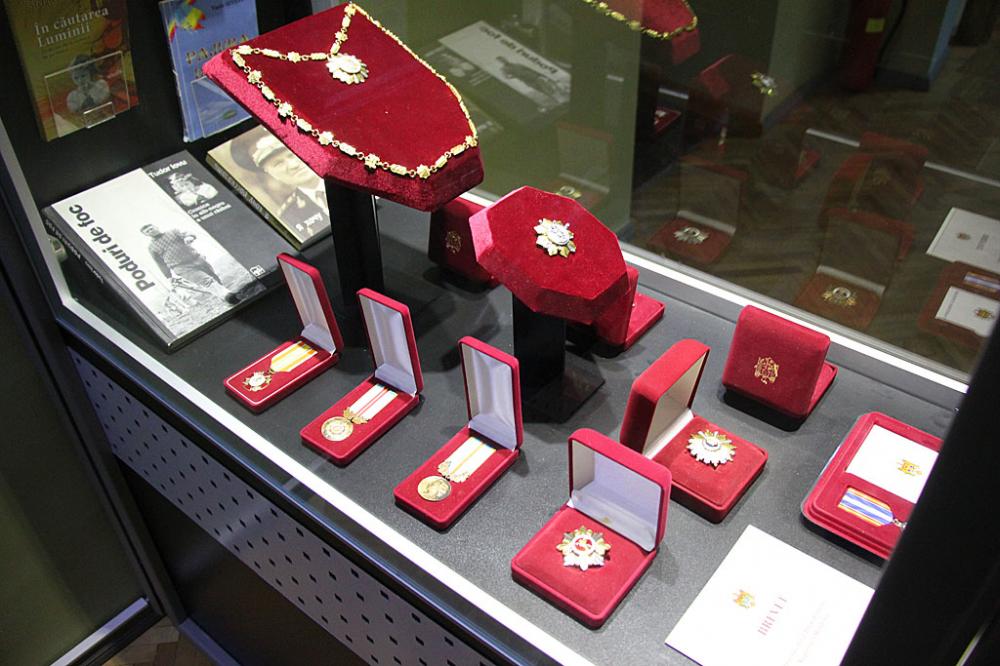

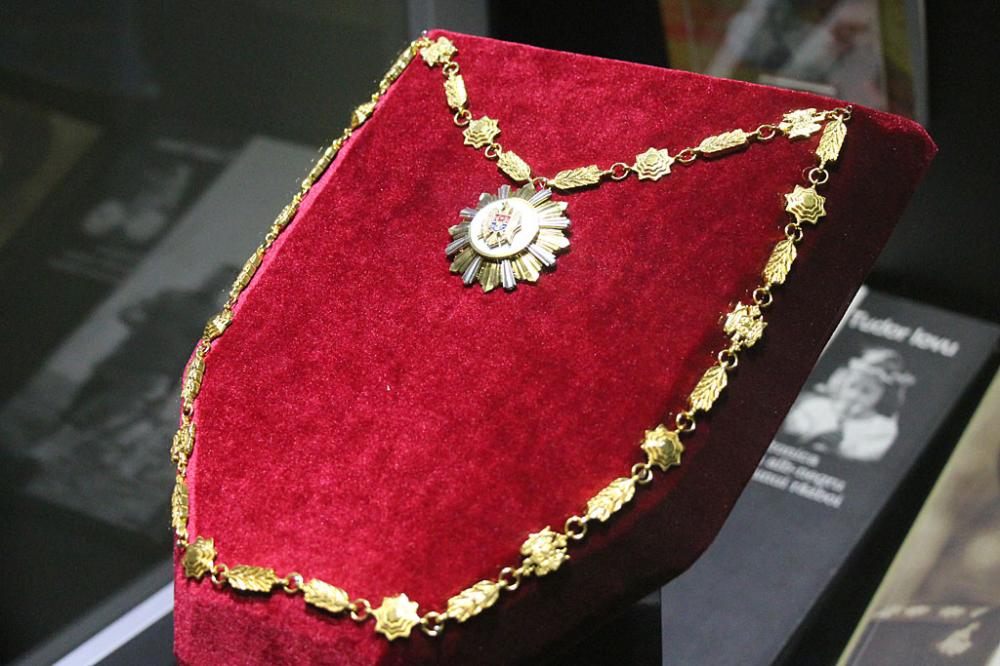
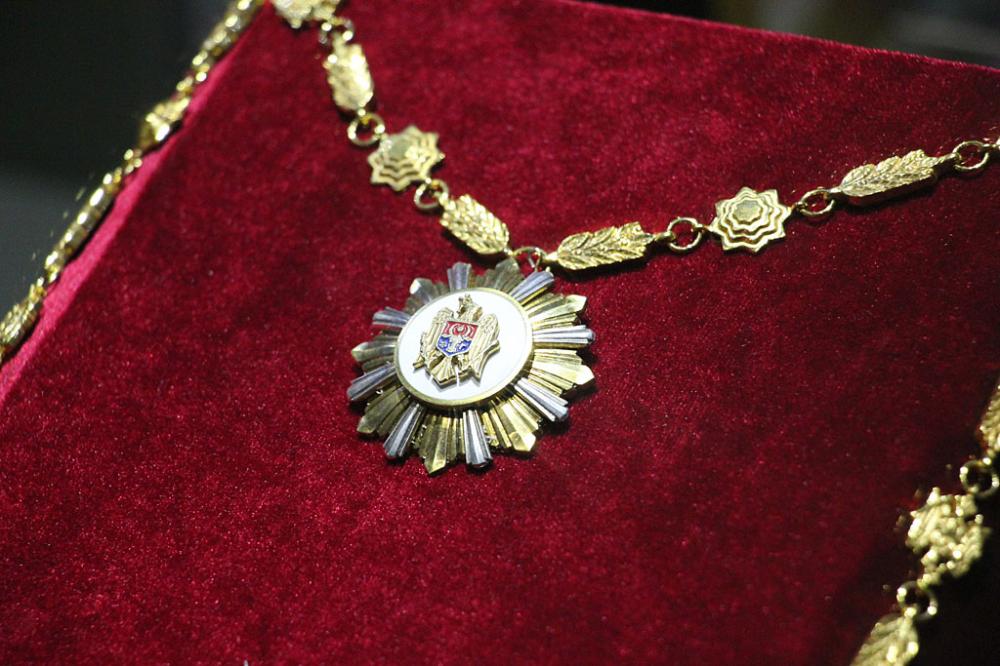
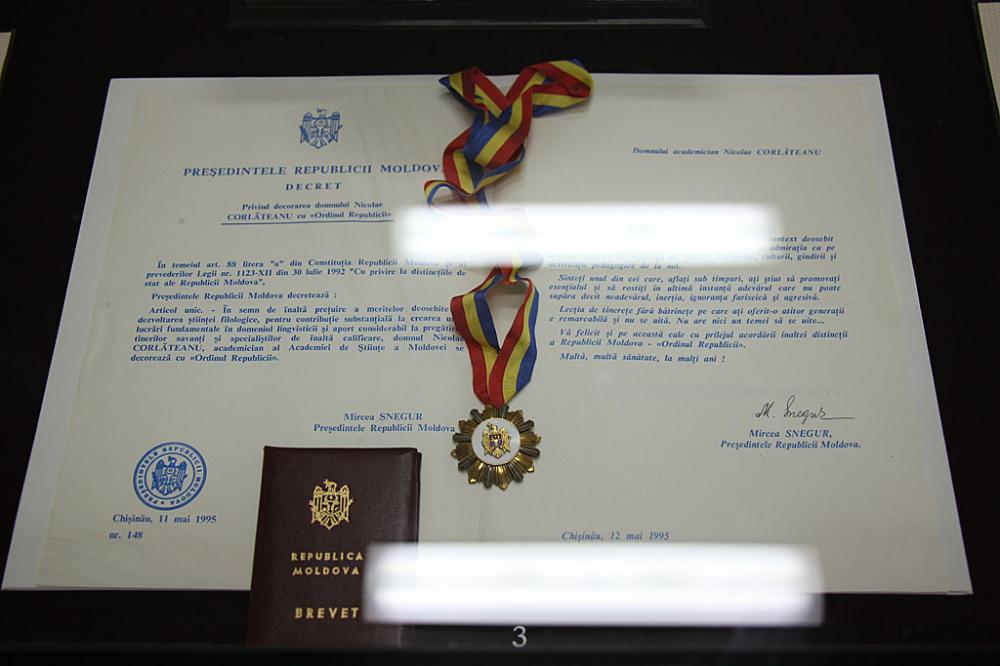

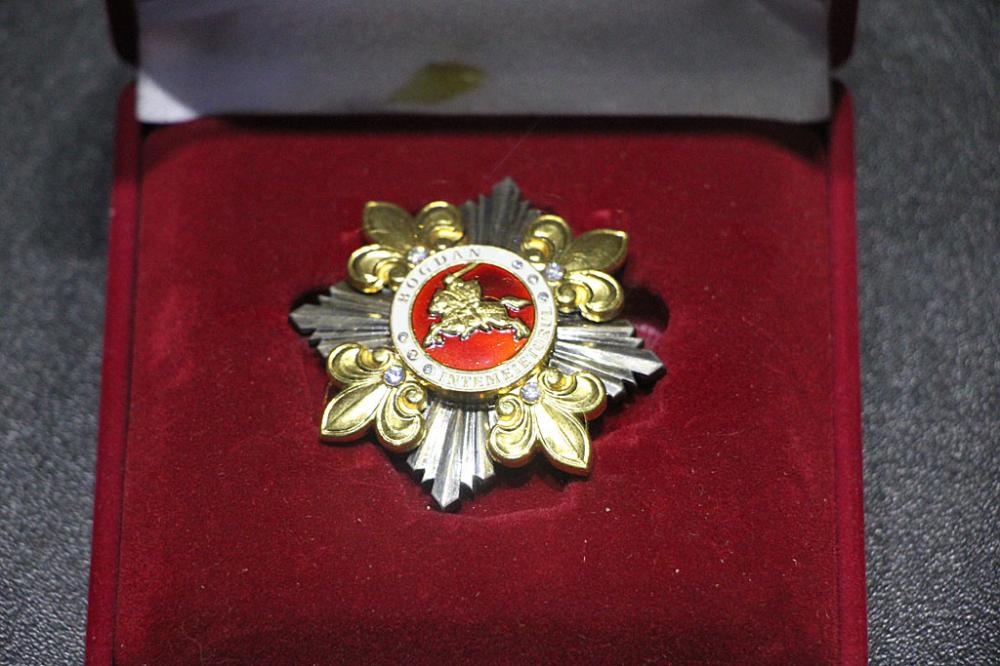
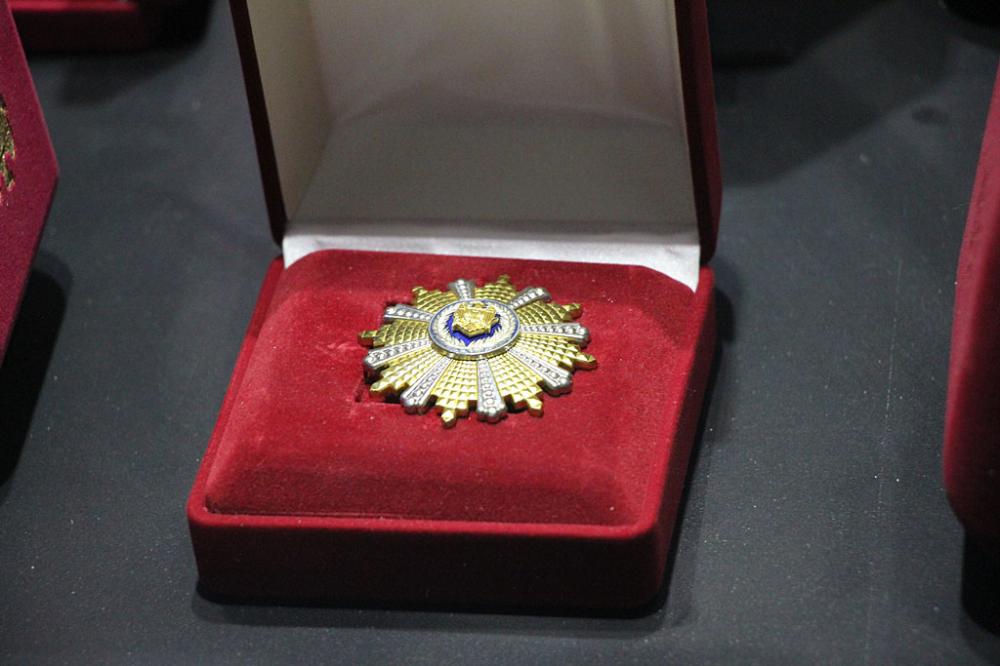

Romania, Honour Cross of the Order of Merit - QUERY
in Central & Eastern European States
Posted · Edited by Carol I
There are actually two distinctions that share both name and insignia elements. The first one (historically and in importance) is the Honour Sign and later Order for Merit, established in 1931. The second one is the Honour Cross for Merit established in 1933. They were initially established as dynastic awards, but were included in the national system of orders in the late 1930s and were both very scarce. The image initially posted by P.F. is the 1st class of the Honour Cross. The image posted by Paul is the first class of the order. To increase the confusion, bear in mind that the Order for Merit had as insignia a white cross surrounded by a golden thorn crown and that the same insignia was placed on the central medallion of the Honour Cross and the first class of the order.
The photos below (from source, but ultimately from Life magazine) show first Ernest Urdareanu, Minister of the Court during the reign of King Carol II, and Gheorghe Tatarescu, Prime Minister during the reign of King Carol II, both wearing the officer's badge of the Order for Merit.
The gallery of premiers on the government homepage shows an earlier photo of Tatarescu wearing the knight's cross of the Order for Merit.